Archbishop Desmond Tutu first called South Africa the Rainbow Nation after the country’s first democratic elections in 1994 on account of the diversity of people who live on the land.
But there’s more to the story than that…
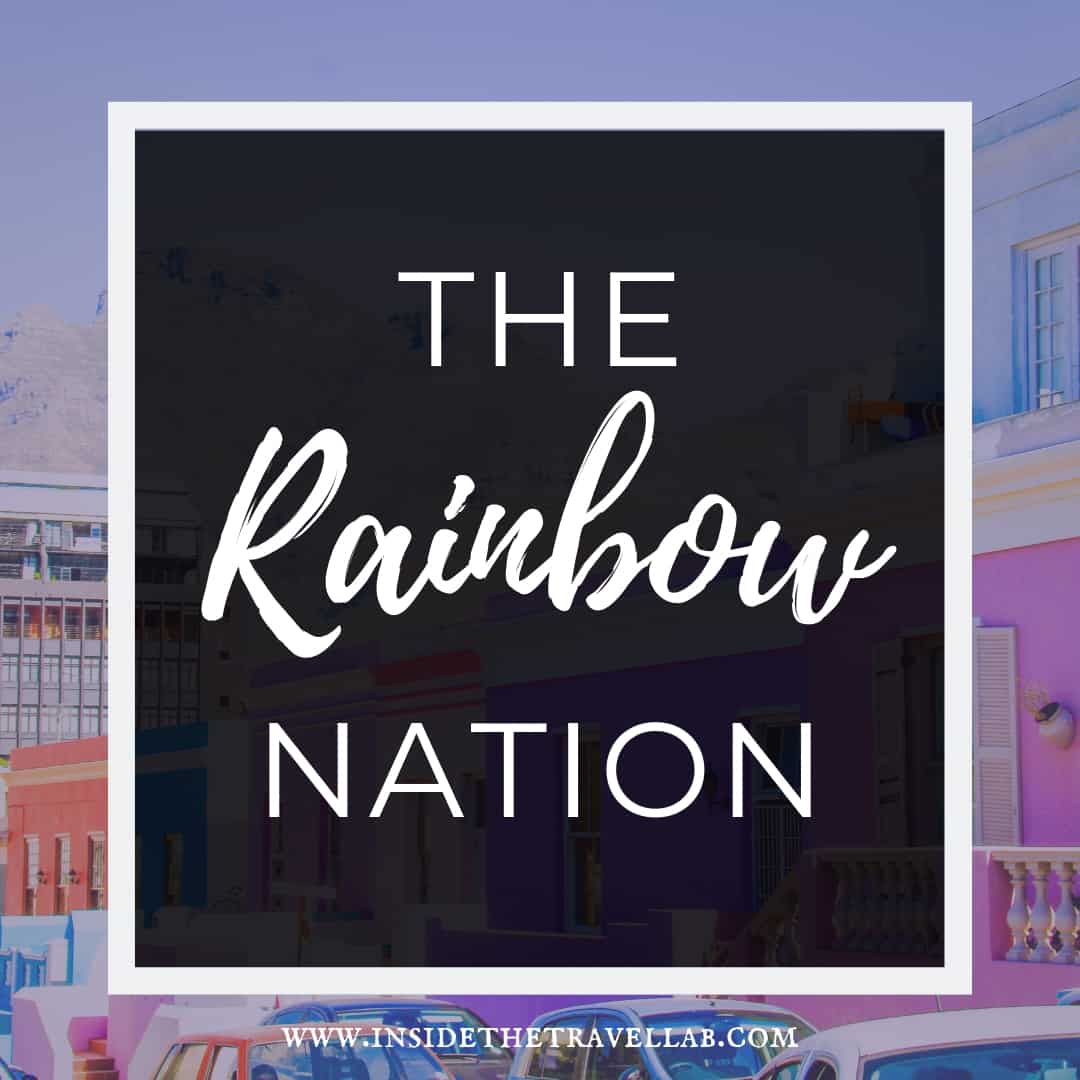
Why is South Africa called the Rainbow Nation?
The story
I’d arrived in South Africa, cold and a little wet. The skies brooded deep grey before bursting into a laughter of sunshine, the kind that comes from right inside the belly. Cape Town’s skies are unpredictable, apparently, and they make for a great sky-swept canvas on which rainbows can appear.
Of course, South Africa is the “rainbow nation,” a term first used by Desmond Tutu and later by Nelson Mandela in a post-apartheid South Africa that yearned for prosperity and peace.
South Africa: It’s Not Black and White
Apartheid’s white vs black is well documented around the world but what’s less commonly discussed are the other communities of people who also live here. Beyond English and Afrikaans, Zulu and Xhosa, you’ll find Indian, Malay, and Chinese communities and I’m only just getting started.
Then, and this sounds startling if you’re from the US or UK, there are those who call themselves “coloured,” with pride. It stands for something different here.
Rainbows in Mandela’s Cape Town
Cape Town’s landscape, too, seems borne from rainbow threads. Turquoise beaches one minute, glittering skyscrapers the next. Flat rock and barren green land then rust and red coloured townships beneath silver-grey corrugated roofs. It’s quite unlike home, where concentrated clumps of city fade evenly into the suburbs where character slinks away.
Robben Island stands aloof amid the surf, a beautiful spot for an ugly history: the place where Nelson Mandela spent much of his 27 years in prison.
As for his thoughts on why South Africa should be called the Rainbow Nation, Mandela himself said this:
Each of us is as intimately attached to the soil of this beautiful country as are the famous jacaranda trees of Pretoria and the mimosa trees of the bushveld – a rainbow nation at peace with itself and the world”
By now, when the first post-apartheid children have come of age themselves, the notion of the Rainbow Nation attracts criticism from time to time. Its joyful nature criticised for covering up the struggles that still remain.
But it’s an apt term for a country of such incredibly colourful landscapes, cuisine, culture, race and legacy. And, of course, the rainbows themselves that do actually arc across the sky…
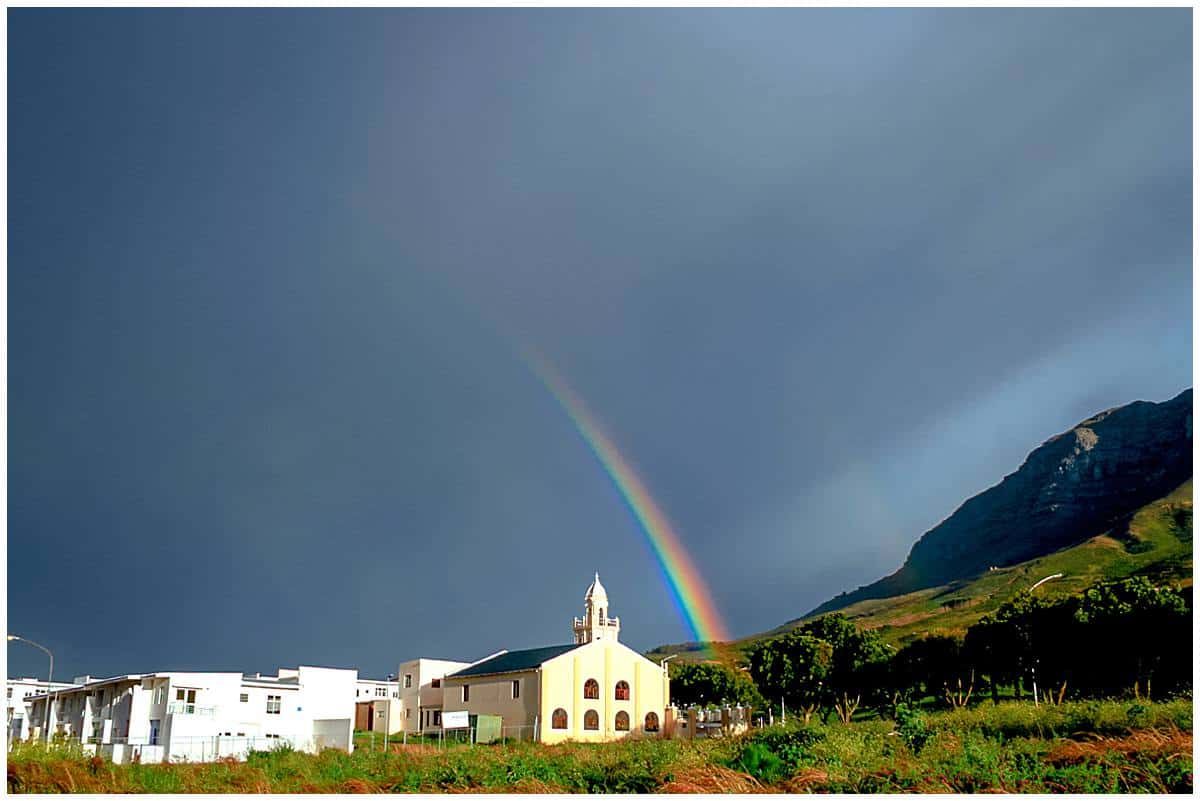
Read More About South Africa, The Rainbow Nation
Most first time visitors head to Cape Town, one of the most fascinating cities on earth. Here you’ll find Table Mountain and the colourful houses of Bo Kaap.
Second spots include the Garden Route, the Kruger National Park and Durban.
For years, the main hub of Johannesburg was considered off limits to travellers but times have changed. A visit to Joburg rewards with innovation, design, spirit and a look at Soweto, where Mandela spent many formative years.
FAQS About the Rainbow Nation
Since first publishing this post, I’ve received so many questions that I thought I’d gather the answers here.
When did South Africa become a rainbow nation?
After the end of Apartheid in 1994, when all people of South Africa could finally vote, Desmond Tutu first used the phrase Rainbow Nation about South Africa. President Nelson Mandela then used the phrase a month or so later and the idea unfurled from there.
Which country is known as the Rainbow Nation and why?
South Africa. This country has a huge diversity of cultures and ethnicities and, after a long and turbulent time, forged a way of living and working together in harmony. The idea is that the rainbow is more beautiful for each of the strands. So, South Africa is better for each of the peoples and influences it has and the country is better when all work together for peace.
Is South Africa really a rainbow nation?
While the term has a lot of support, critics feel that it papers over the cracks in the country’s infrastructure and identity. South Africa, like most countries, has a host of problems to grapple with and situations to improve and some feel that talk of rainbows is childish or even infantile and a propaganda move to force people to ignore the difficulties of reality.
What is the South African culture like?
South African culture is incredibly varied, with many people still living in crowded, cramped makeshift homes with no running water nor sewage treatment while others live in glistening luxury homes.
What does the flag of South Africa represent?
South Africa’s flag is quite the inspirational work in symbolism. Designed in 1994, it was the only flag in the world at the time to have six colours in one design. The Y shape symbolises two different tracks coming together for progress, a nod to the Apartheid system which had recently come to an end.
While the flag doesn’t specifically contain the seven colours of the rainbow, many have noted that it’s one of the most colourful flags on the planet.
Why is Nelson Mandela called the Father of the Nation in South Africa?
In case you’re the last person on earth to find out about this, Nelson Mandela fought his entire life against the Apartheid system in South Africa (a process which coded white superiority into the law and functioning of society.) He was imprisoned for 27 years before becoming South Africa’s first president after country’s first truly democratic elections in 1994. He led with a platform of peace and reconciliation and it is hard to find a more inspirational figure in world history. That’s why Mandela is often considered the Father of the Nation in South Africa.
Why is South Africa called the cradle of humankind?
South Africa is often nicknamed the cradle of humankind because the oldest human remains were found there. Several specimens have been found which are around three million years old.

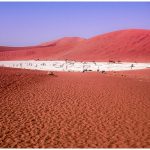
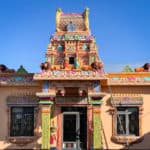
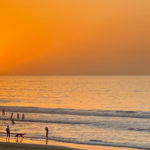
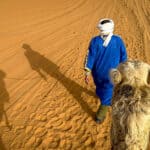
I remember reading your blog for the first time and being seriously impressed by the way you get to the core of a destination. So lovely to travel with you and share a little bit of my rainbow.
love it!
South Africa is interestingly beautiful!